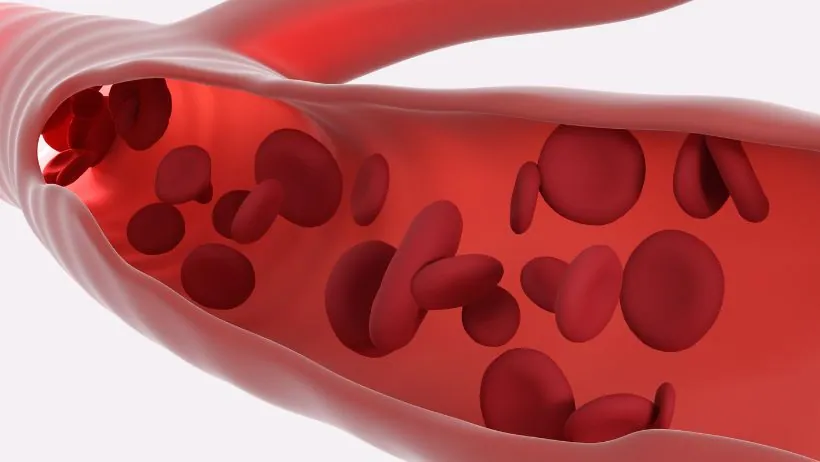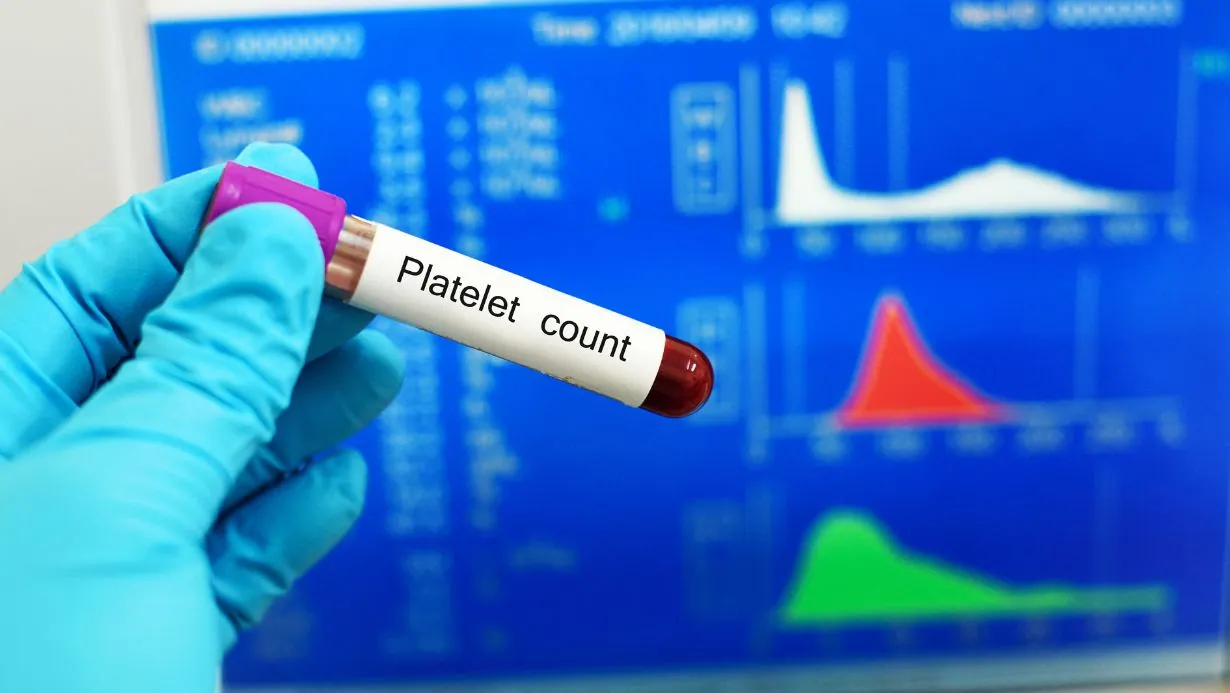Platelets, also known as thrombocytes, are tiny cell fragments in the blood that play a crucial role in clotting and preventing excessive bleeding. Maintaining an adequate platelet count is essential for overall health and well-being. If you’ve been diagnosed with low platelet count, medically known as thrombocytopenia, there are several natural and medical approaches to increase your platelet count. Let’s delve into how to increase platelet count.
How to Increase Platelet Count: A Comprehensive Guide
Always consult a healthcare professional before making significant changes to your diet or lifestyle, especially if you have an existing medical condition or are taking medications.

With the right approach and guidance, it is possible to improve your platelet count and promote overall well-being. Let’s delve into how to increase platelet count.
Nutrition and Diet
A balanced diet rich in vitamins and minerals can significantly impact platelet production. Incorporate foods high in vitamin B-12, folate, iron, and antioxidants, such as leafy greens, citrus fruits, lean proteins, and nuts, into your diet. Avoid alcohol and processed foods, which can impair platelet function. One of the ways on how to increase platelet count.
Herbal Remedies
Certain herbs like papaya leaf extract, ashwagandha, and holy basil are believed to boost platelet count. However, it’s crucial to consult a healthcare professional before using any herbal supplements, as they might interfere with existing medications or medical conditions.
Hydration
Staying well-hydrated ensures proper blood circulation, which is essential for optimal platelet function. Aim to drink at least 8 glasses of water daily and avoid excessive caffeine intake, which can lead to dehydration. One of the ways on how to increase platelet count.
Lifestyle Changes
Quit smoking and limit alcohol consumption. Smoking damages blood cells, while excessive alcohol can suppress bone marrow, hindering platelet production.
Manage Stress
Chronic stress can weaken the immune system and affect platelet count. Incorporate relaxation techniques like yoga, meditation, or deep breathing exercises into your daily routine to reduce stress levels. One of the ways on how to increase platelet count.
Medical Treatments
In severe cases of thrombocytopenia, medical interventions may be necessary. These could include platelet transfusions, immunosuppressive drugs, or hormone therapy to stimulate platelet production.
Regular Monitoring
If you have a low platelet count, it’s vital to regularly monitor your levels with your healthcare provider. They can track your progress and adjust the treatment plan accordingly. One of the ways on how to increase platelet count.
Foods to Eat That Increase Platelet Count
- Leafy Greens: Leafy greens like spinach and kale are rich in vitamin K, which supports proper blood clotting and can help increase platelet levels. One of the ways on how to increase platelet count.
- Citrus Fruits: Citrus fruits such as oranges, lemons, and grapefruits are high in vitamin C, which is essential for healthy platelet function and production.
- Pomegranate: Pomegranate is known to contain antioxidants that support overall blood circulation and can help increase platelet count naturally. One of the ways on how to increase platelet count.
- Pumpkin Seeds: Pumpkin seeds are a good source of zinc, which plays a role in boosting the immune system and supporting healthy platelet production.
- Fish and Lean Proteins: Fatty fish like salmon and mackerel provide essential fatty acids that promote cardiovascular health, ensuring proper blood flow and platelet function. Additionally, lean proteins like chicken and turkey are rich in iron and vitamin B-12, crucial for healthy blood production.
- Nuts and Seeds: Almonds, flaxseeds, and chia seeds are packed with nutrients like vitamin E and omega-3 fatty acids, which support overall blood health and can positively influence platelet count. One of the ways on how to increase platelet count.
- Beetroots: Beetroots contain natural antioxidants and are high in iron, making them beneficial for increasing hemoglobin levels and supporting overall blood health.
Related: 5 Tips for a Healthy Diet to Follow in 2024
Foods to Avoid
- Alcohol: Excessive alcohol consumption can interfere with the production of platelets and should be avoided or limited. One of the ways on how to increase platelet count.
- Processed Foods: Processed foods high in salt and unhealthy fats can contribute to poor blood circulation and should be minimized.
- Junk Food: Fast food and sugary snacks provide little nutritional value and can lead to obesity and other health issues, which in turn can affect platelet count negatively. One of the ways on how to increase platelet count.
- Raw or Undercooked Meat: To prevent infections, it’s crucial to avoid undercooked or raw meat and eggs, which can lead to illnesses that affect platelet levels.
Supplements to Try
- Vitamin B-12: Vitamin B-12 supplements can be beneficial, especially for individuals with a deficiency, as this vitamin plays a key role in red blood cell and platelet production. One of the ways on how to increase platelet count.
- Iron Supplements: Iron deficiency can lead to low platelet count. Iron supplements, when prescribed by a healthcare professional, can help address this issue.
- Vitamin D: Vitamin D supplements support overall immune health, ensuring the body’s ability to fight infections, which can indirectly influence platelet count. One of the ways on how to increase platelet count.
Supplements to Avoid
- Excessive Herbal Supplements: While certain herbal supplements like papaya leaf extract might be beneficial, excessive intake without medical supervision can lead to adverse reactions. One of the ways on how to increase platelet count.
- Self-Prescribed Medications: It’s crucial to avoid self-prescribing medications or supplements, especially in high doses, as they can interfere with existing medications and medical conditions, potentially harming overall health.
In conclusion, increasing platelet count involves a combination of proper nutrition, healthy lifestyle choices, and, in some cases, medical assistance.
Related: 20 Best Food Supplement Brands You Must Try
Causes of Low Platelet Count
Low platelet count can result from various factors, including underlying medical conditions such as autoimmune disorders, leukemia, or viral infections like dengue fever. Certain medications, bone marrow disorders, and genetic factors can also contribute to low platelet levels.
Recognizing Symptoms
It’s essential to be aware of symptoms associated with low platelet count, including easy bruising, prolonged bleeding from minor cuts, frequent nosebleeds, and petechiae (small red or purple spots on the skin). If you experience any of these symptoms, it’s crucial to seek medical attention promptly.
When to See a Doctor
If you notice unexplained bruising, bleeding, or other symptoms mentioned above, it is advisable to consult a healthcare professional immediately. Additionally, if you have an existing medical condition and are experiencing unusual symptoms, it’s essential to discuss them with your doctor.
Diagnostic Tests
To determine the cause of low platelet count, doctors may conduct various tests, including complete blood count (CBC), bone marrow biopsy, and genetic tests. These tests help in diagnosing the underlying condition and planning appropriate treatment.
Treatment Options
Treatment for low platelet count depends on the underlying cause. If the low platelet count is due to an underlying condition, treating that condition may help increase platelet levels. In cases of severe thrombocytopenia, medical interventions such as platelet transfusions or immunosuppressive therapy may be necessary.
Prevention and Lifestyle Choices
While some causes of low platelet count are unavoidable, leading a healthy lifestyle can contribute to overall well-being. Regular exercise, a balanced diet, and avoiding smoking and excessive alcohol consumption can support optimal platelet function and reduce the risk of developing certain conditions associated with low platelet count.
Conclusion
In conclusion, understanding the factors influencing platelet count, recognizing symptoms, and seeking timely medical advice are crucial steps in managing thrombocytopenia. By adopting a healthy lifestyle, staying informed about one’s health, and following medical advice, individuals can take proactive measures to maintain a healthy platelet count and promote their overall quality of life.
Regular medical check-ups and open communication with healthcare providers are essential in managing platelet-related concerns effectively. Here are the ways on how to increase platelet count.
